

Articles
How To Increase Draft In Chimney
Modified: August 28, 2024
Looking to increase draft in your chimney? Check out these helpful articles filled with tips and tricks to improve your chimney's efficiency and performance.
(Many of the links in this article redirect to a specific reviewed product. Your purchase of these products through affiliate links helps to generate commission for Storables.com, at no extra cost. Learn more)
Introduction
A chimney plays a crucial role in maintaining proper ventilation and ensuring the efficient functioning of a fireplace or a wood-burning stove. The chimney draft, also known as the chimney effect, is the force that allows smoke, gases, and other byproducts of combustion to flow out of the chimney. A strong chimney draft not only helps to remove harmful gases but also enhances the overall performance of the heating system.
However, homeowners may sometimes encounter issues with low draft in their chimneys, resulting in poor combustion, backdrafting, and even the spillage of smoke into the living space. This can be a frustrating and potentially hazardous situation. Fortunately, there are several strategies and techniques that can be employed to increase the draft in a chimney and improve its efficiency.
In this article, we will delve into the various factors that can affect chimney draft and provide practical solutions to increase the draft for better performance and safety. Whether you are a homeowner, a chimney professional, or simply interested in learning more about chimneys, this guide will equip you with the knowledge to address draft-related issues.
Key Takeaways:
- Clearing obstructions, increasing chimney height, using chimney caps, insulating the chimney, and adjusting damper settings are practical strategies to optimize chimney draft and enhance heating system efficiency.
- Professional consultation and adherence to local regulations are crucial for chimney modifications. Implementing draft improvement methods ensures a reliable and efficient chimney draft for a cozy home atmosphere.
Read more: How To Increase Greenery In Cities
Understanding the Chimney Draft
Before we delve into the methods of increasing chimney draft, it’s essential to understand the concept of chimney draft itself. The chimney draft is the force that creates a natural flow of air from the fireplace or stove to the outside environment. It is caused by the temperature difference between the air inside the chimney and the outside air.
The draft is created as the warm air from the fire rises up the chimney, creating a lower pressure inside the flue compared to the surrounding air. This pressure difference, known as the stack effect, causes the air outside the chimney to be drawn into the lower pressure zone, creating an upward flow of combustion gases and smoke.
Several factors contribute to the strength of the chimney draft. These include the height of the chimney, the temperature differential between the inside and outside air, the diameter and condition of the flue, the presence of obstructions, and the prevailing winds.
Understanding the factors that affect chimney draft is crucial for effectively improving its performance. By addressing these factors, homeowners can mitigate issues such as poor combustion, excessive smoke, and backdrafting.
In the following sections, we will explore these factors and discuss practical strategies to increase the draft in your chimney, ensuring optimal performance and safety.
Factors Affecting Chimney Draft
Several factors can impact the strength and efficiency of the chimney draft. Understanding and addressing these factors is essential for optimizing draft performance. Let’s take a look at some of the key factors:
- Chimney Height: The height of the chimney plays a crucial role in creating a strong draft. As a general rule, the taller the chimney, the greater the draft. A taller chimney increases the temperature differential between the inside and outside air, promoting a more powerful upward flow.
- Temperature Difference: The temperature difference between the air inside the flue and the outside air is another crucial factor. A higher temperature differential leads to a more significant draft. This can be achieved by burning hotter and drier fuels, such as well-seasoned firewood.
- Flue Diameter and Condition: The diameter and condition of the flue also impact the draft. A properly sized flue allows for efficient airflow, while obstructions or damages, such as creosote buildup or damaged chimney liners, can hinder the draft. Regular chimney inspections and cleanings are essential to maintain the integrity of the flue.
- Obstructions: Any obstructions, such as bird nests, debris, or creosote buildup, can obstruct the flow of air in the chimney and reduce the draft. Regular chimney maintenance, including the removal of obstructions, is necessary to ensure proper draft performance.
- Prevailing Winds: Wind conditions can affect the chimney draft. In some cases, strong winds blowing against the chimney can disrupt the draft. Installing wind deflectors or chimney caps can help mitigate the impact of wind on the draft.
By addressing these factors, homeowners can make significant improvements to the draft in their chimneys. In the following sections, we will discuss practical strategies for clearing obstructions, increasing chimney height, using chimney caps, and more, to enhance the draft performance of your chimney. Let’s dive in!
Clearing Obstructions in the Chimney
One of the major factors that can hinder chimney draft is the presence of obstructions in the flue. These obstructions can include bird nests, leaves, debris, or even excessive creosote buildup from previous fires. Clearing these obstructions is essential for ensuring proper airflow and optimal draft performance. Here are some steps to effectively clear obstructions:
- Visual Inspection: Start by visually inspecting the chimney flue, either from the roof or using a chimney camera. Look for any signs of blockages or debris accumulation. You may also want to check for any presence of bird nests or animals.
- Chimney Brushing: If there is creosote buildup, use a chimney brush and a chimney rod to sweep the flue. Start from the top and work your way down, ensuring that the brush reaches all the way to the base of the chimney.
- Remove Debris: If there are any leaves, twigs, or other debris obstructing the flue, use a chimney brush or vacuum to remove them. Be careful not to damage the flue lining or cause any more blockages in the process.
- Bird Nest Removal: If you notice a bird nest or any other animal nest in the flue, it’s important to remove it. However, keep in mind that some bird species may be protected, so it’s advisable to consult with local authorities or a wildlife expert before removing any nests.
- Professional Chimney Cleaning: For severe obstructions or if you are unsure about the cleaning process, it’s always best to consult a professional chimney sweep. They have the expertise and equipment to safely and effectively clear any blockages and ensure proper draft performance.
Regular chimney inspections and cleanings, ideally done at least once a year, can help prevent the buildup of obstructions and ensure that the chimney operates at peak performance. By clearing any obstructions in the chimney, you can significantly improve the draft and enhance the overall efficiency of your fireplace or wood-burning stove.
Increasing Height of the Chimney
The height of the chimney is a critical factor in creating a strong draft. A taller chimney increases the temperature difference between the inside air and the outside air, promoting a more powerful upward flow. If you’re experiencing draft issues, consider these methods to increase the height of your chimney:
- Extend the Existing Chimney: One straightforward way to increase the height of your chimney is to extend the existing structure. This can be done by adding more chimney sections or masonry. Ensure that the extension is properly secured and aligned with the existing chimney for optimal draft performance.
- Chimney Height Extensions: Another option is to install a chimney height extension. These extensions are specifically designed to attach to the top of the chimney, effectively increasing its height. They are available in various materials, such as stainless steel or copper, and can be easily installed by a professional chimney contractor.
- Chimney Stack Additions: If your chimney is surrounded by a roofline or other structures that limit its height, you can consider adding a chimney stack. A chimney stack is a vertical extension that rises above the roofline, allowing for improved draft performance. It can be made from brick, stone, or other suitable materials.
- Chimney Fans: Another option to increase the height and draft of your chimney is to install a chimney fan, also known as a draft inducer. These fans can be mounted on top of the chimney and help to create a stronger draft by increasing the airflow. They are particularly useful in situations where extending the height of the chimney is not feasible.
It is important to note that increasing the height of the chimney should be done with careful consideration of local building codes and regulations. Additionally, it is recommended to consult with a professional chimney contractor who can assess your specific situation and provide expert guidance on the best approach to increase the height of your chimney.
By increasing the height of your chimney, you can enhance the draft and improve the overall efficiency of your fireplace or wood-burning stove. However, it’s crucial to ensure that any modifications or extensions are done properly and in compliance with safety standards.
Make sure the chimney is tall enough and has a proper diameter. Install a chimney cap to prevent downdrafts. Keep the flue clean and free of obstructions. Consider adding a chimney fan for extra draft.
Read more: The Ultimate Guide to Drafting Chairs
Using Chimney Caps for Draft Improvement
Chimney caps are not only important for protecting your chimney from rain, snow, and debris but can also play a significant role in improving chimney draft. These caps are designed to sit on top of the chimney flue, providing several benefits for draft enhancement. Here’s how chimney caps can help improve draft performance:
- Preventing Down-drafting: Chimney caps help prevent down-drafting, which occurs when outside air flows down the chimney and enters the living space. This can happen during windy conditions or when there is a negative pressure inside the house. By installing a chimney cap with a built-in draft deflector or using a wind-resistant cap, you can minimize down-drafting and maintain a steady upward airflow.
- Reducing Wind Interference: Strong winds can create turbulence around the chimney, disrupting the draft and affecting the overall performance of the chimney. Chimney caps with wind-resistant features, such as specially designed baffles or vented sides, help redirect the air currents and reduce the impact of wind interference on the draft. This allows for a more consistent and efficient upward airflow.
- Preventing Animal Entry: Animals, such as birds or small mammals, can build nests or take refuge in the chimney flue, leading to blockages and reduced draft. Chimney caps with mesh or wire screens effectively block animals from entering the chimney, ensuring unobstructed airflow and preventing potential hazards.
- Reducing Rain and Debris: Rainwater and debris can make their way into the chimney flue, causing blockages and affecting the draft. Chimney caps with solid tops and mesh sides act as a barrier, preventing rain, leaves, and other debris from entering the flue. This helps to maintain a clear passage for the upward flow of combustion gases and smoke.
When choosing a chimney cap for draft improvement, consider factors such as the type of cap, size, and compatibility with your specific chimney. It is recommended to consult with a professional chimney contractor or a chimney specialist to determine the most suitable chimney cap for your needs.
By installing a chimney cap that is designed for draft improvement, you can effectively enhance the draft performance of your chimney and optimize the operation of your fireplace or wood-burning stove. Additionally, chimney caps provide added protection and durability for your chimney, ensuring its long-term functionality and safety.
Insulating the Chimney
Insulating the chimney is an effective strategy to improve draft performance and increase the overall efficiency of your fireplace or wood-burning stove. Insulation helps to maintain higher temperatures inside the flue, which in turn promotes a stronger and more consistent chimney draft. Here are some key considerations when insulating your chimney:
- Types of Chimney Insulation: There are various types of chimney insulation materials available, including ceramic wool, mineral wool, and vermiculite insulation. These materials are designed to provide thermal resistance and decrease the heat transfer from the flue to the surrounding masonry. Consult with a professional chimney contractor to determine the most suitable insulation material for your chimney.
- Insulating the Flue Liner: If your chimney has a flue liner, insulating it can be an effective way to increase the draft. The insulation material is typically wrapped around the outer surface of the flue liner, creating a barrier that retains heat within the flue. This helps to maintain high flue temperatures and enhance the draft performance.
- Insulating the Chimney Cavity: Insulating the chimney cavity involves filling the empty space surrounding the flue liner with insulation material. This can be done by removing bricks or sections of the chimney and then packing the insulation material tightly around the flue. Insulating the chimney cavity helps to prevent heat loss and maintain higher temperatures in the flue, resulting in improved draft performance.
- Professional Installation: Insulating a chimney can be a complex process, and it requires expertise to ensure proper installation and compliance with safety standards. It is recommended to hire a professional chimney contractor who specializes in chimney insulation to perform the installation. They will have the necessary knowledge and experience to seal the insulation properly and ensure its effectiveness.
Insulating the chimney not only improves draft performance but also offers additional benefits, such as reducing condensation and preventing the formation of creosote. It is important to note that chimney insulation should be done in accordance with local building codes and regulations. Consult with a professional to determine the specific requirements and guidelines in your area.
By insulating your chimney, you can create a more favorable environment for a strong and consistent draft. This will contribute to better combustion, improved heating efficiency, and increased overall safety of your fireplace or wood-burning stove.
Adjusting Damper Settings
The damper is an essential component of the chimney that controls the airflow. It regulates the amount of air that enters or exits the fireplace or wood-burning stove, which directly affects the chimney draft. Adjusting the damper settings can help optimize the draft performance and improve the efficiency of your heating system. Here are some tips for adjusting the damper settings:
- Understanding the Damper: Familiarize yourself with the type of damper you have in your chimney. There are various types, including throat dampers, top-sealing dampers, and bypass dampers. Each type operates differently, so it’s important to understand the specific functionality and purpose of your damper.
- Opening the Damper: When starting a fire, make sure the damper is fully open. This allows for maximum airflow and facilitates the easy escape of smoke and combustion gases. Keeping the damper fully open during the initial stages of a fire helps to establish a strong draft from the outset.
- Adjusting the Damper Position: Once the fire is established and burning steadily, you can adjust the damper position to optimize the draft. The goal is to find the sweet spot where the draft is strong and consistent. Pay attention to the smoke movement and flame behavior. Gradually adjust the damper to find the position that allows for efficient combustion without excessive smoke or backdrafting.
- Partial Closing for Controlled Burning: In some cases, you may want to reduce the airflow for controlled and slower-burning fires. This is particularly useful for longer burns or when you want to minimize heat loss. However, be cautious not to close the damper too much, as it can restrict the airflow and result in poor combustion or backdrafting.
- Damper Maintenance: Regularly inspect and clean the damper to ensure smooth operation. Over time, soot, debris, or rust may accumulate, hindering the proper functioning of the damper. Clean any buildup and lubricate the moving parts if necessary. If you notice any significant damage or issues with the damper, consult a professional for repair or replacement.
It’s important to note that damper settings may vary depending on the specific appliance or heating system. Consult your appliance manufacturer’s guidelines or seek advice from a professional chimney contractor to ensure you are adjusting the damper correctly and in accordance with recommended practices.
By adjusting the damper settings appropriately, you can optimize the airflow and improve the draft performance in your chimney. This will result in more efficient combustion, better heat retention, and increased overall safety of your fireplace or wood-burning stove.
Installing a Draft Inducer
If you’re experiencing persistent draft issues in your chimney despite trying various methods, installing a draft inducer can be an effective solution. A draft inducer is a mechanical device that helps to enhance and stabilize the chimney draft by creating a forced air supply. Here’s what you need to know about installing a draft inducer:
- Consult a Professional: It is highly recommended to consult with a professional chimney contractor or a heating specialist before considering the installation of a draft inducer. They will assess your specific situation, determine if a draft inducer is necessary, and recommend the appropriate model for your chimney system.
- Choose the Right Draft Inducer: There are various types and models of draft inducers available, each designed for specific chimney configurations and heating systems. Look for a draft inducer that is suitable for your chimney size, compatible with your heating appliance, and meets safety standards. Professional guidance is crucial in selecting the right inducer for your needs.
- Professional Installation: Installing a draft inducer requires technical expertise and knowledge of electrical and mechanical systems. It is not a DIY project and should be carried out by a qualified professional. They will ensure proper installation, electrical wiring, and connectivity to your chimney system.
- Operation and Maintenance: Once the draft inducer is installed, familiarize yourself with its operation and maintenance requirements. Understand how to adjust the speed or output of the inducer, if applicable. Additionally, follow the manufacturer’s guidelines for regular maintenance, such as cleaning or lubricating the draft inducer motor if necessary.
- Regular Monitoring: Keep an eye on the performance of the draft inducer and monitor the chimney draft after installation. If any issues arise or if you notice a decrease in performance, reach out to the professional who installed the inducer for a thorough inspection and necessary adjustments.
Installing a draft inducer should be considered as a last resort when other methods to improve chimney draft have been exhausted. It is important to weigh the cost and benefits of installing a draft inducer and consult with professionals to ensure it is the right solution for your specific situation.
By installing a draft inducer, you can create a forced air supply that helps to enhance and stabilize the chimney draft. This can greatly improve the overall efficiency and performance of your fireplace or wood-burning stove, ensuring proper combustion, reduced smoke, and increased safety.
Read more: How To Increase Bass On Alexa
Conclusion
A strong and consistent chimney draft is essential for the efficient functioning of your fireplace or wood-burning stove. Fortunately, there are several strategies and techniques you can employ to improve the draft performance of your chimney.
In this article, we’ve explored various factors that affect chimney draft, including chimney height, temperature differentials, flue condition, obstructions, and prevailing winds. By understanding these factors, you can address specific issues and make targeted improvements to your chimney’s draft.
We’ve discussed practical methods such as clearing obstructions, increasing the height of the chimney, using chimney caps, insulating the chimney, adjusting damper settings, and installing a draft inducer. Each of these methods can contribute to optimizing the draft and enhancing the overall efficiency of your heating system.
It is important to note that chimney maintenance, regular inspections, and professional consultation are crucial for ensuring the long-term performance and safety of your chimney. Following best practices and adhering to local building codes and regulations are essential for any modifications or installations.
Remember, a well-functioning chimney draft not only improves the performance of your heating system but also contributes to a cleaner and safer indoor environment. By implementing the strategies discussed in this article, you can enjoy a reliable and efficient chimney draft for years to come.
So, take the necessary steps to clear obstructions, adjust damper settings, insulate the chimney, or seek professional assistance for complex issues. With these efforts, you can enhance your chimney draft, maximize the benefits of your fireplace or wood-burning stove, and create a cozy and enjoyable atmosphere in your home.
Frequently Asked Questions about How To Increase Draft In Chimney
Was this page helpful?
At Storables.com, we guarantee accurate and reliable information. Our content, validated by Expert Board Contributors, is crafted following stringent Editorial Policies. We're committed to providing you with well-researched, expert-backed insights for all your informational needs.
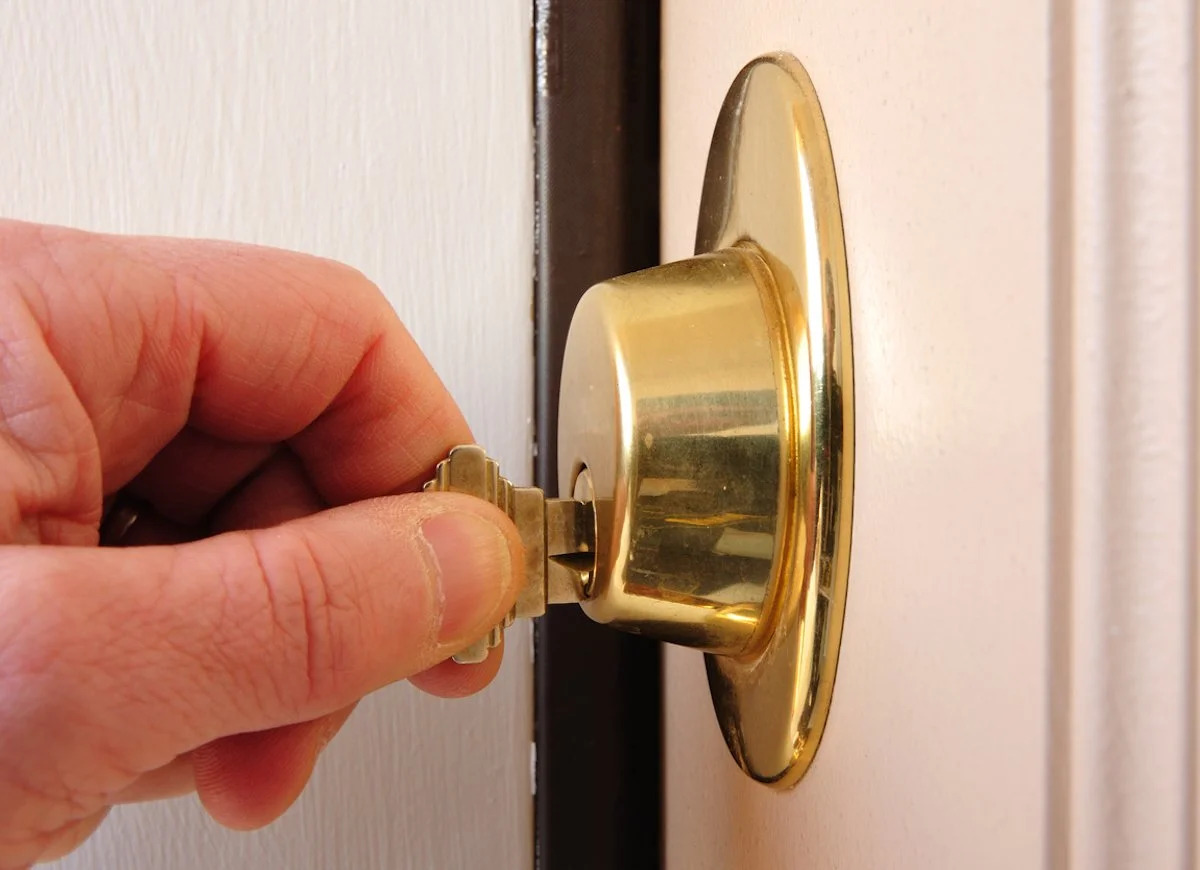
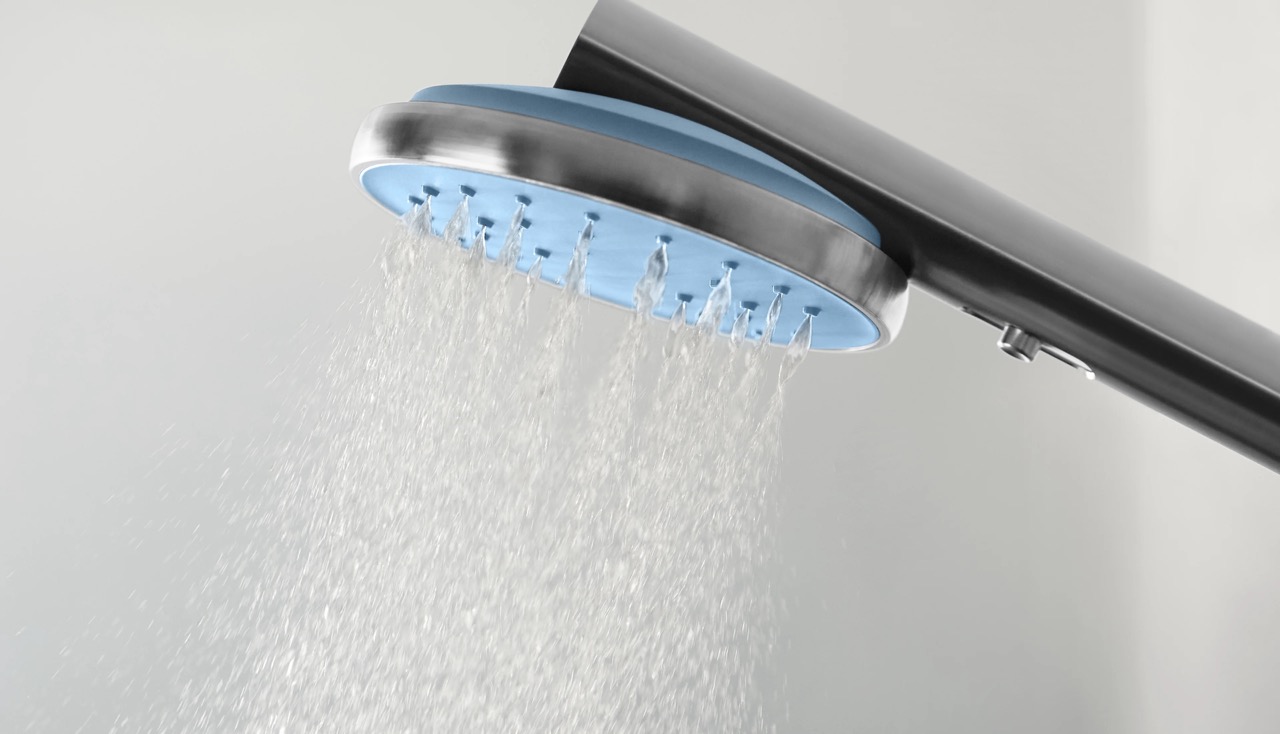
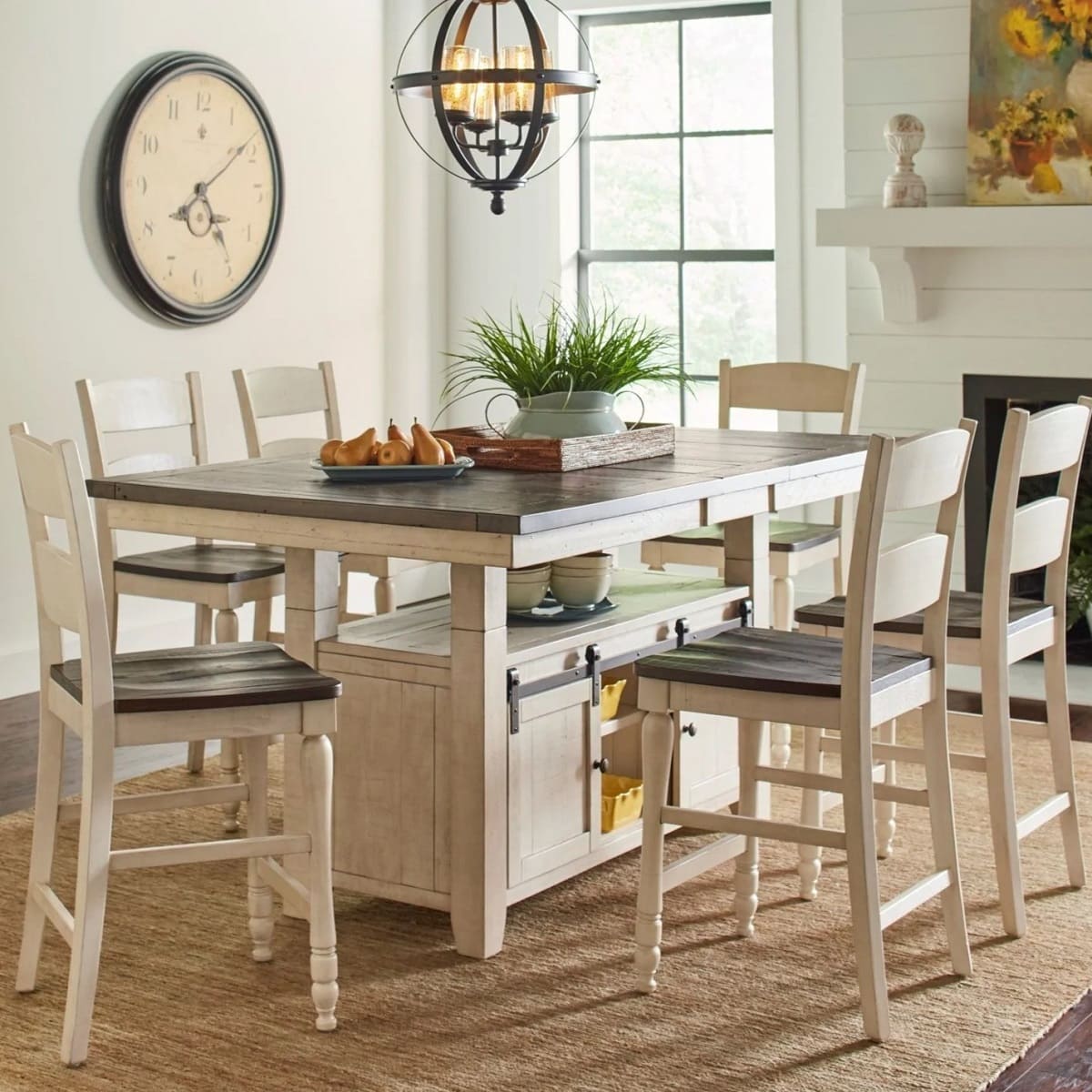

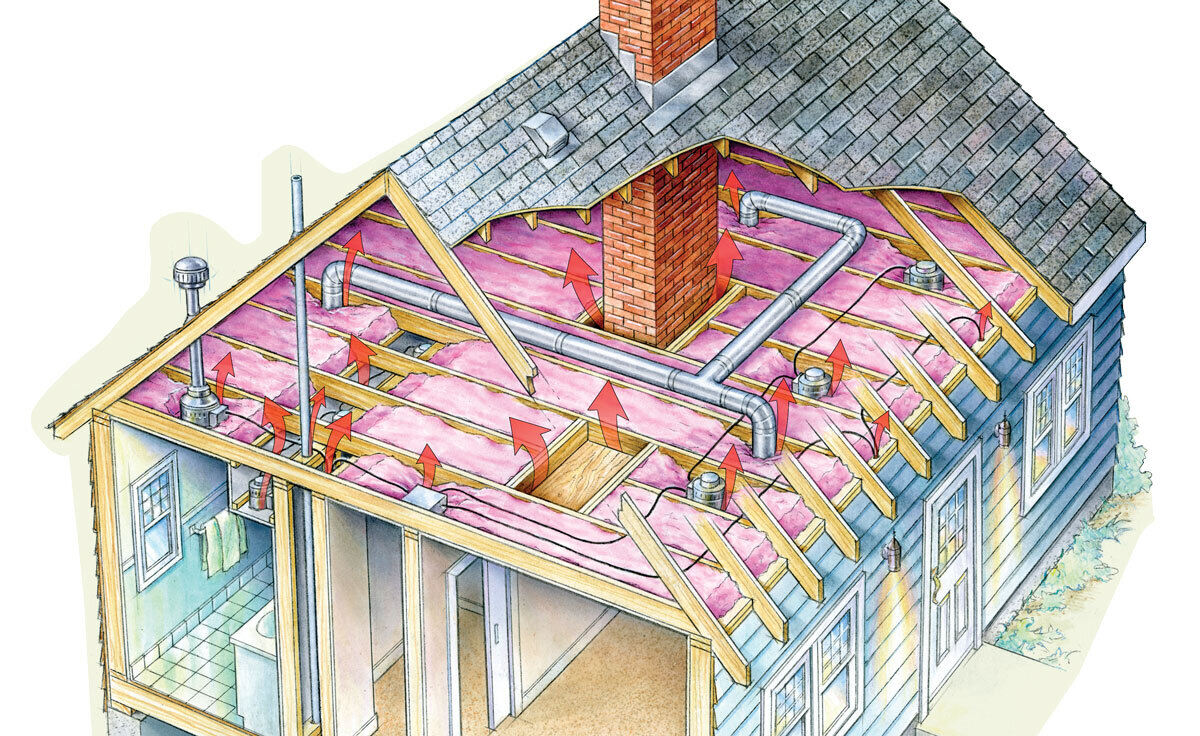
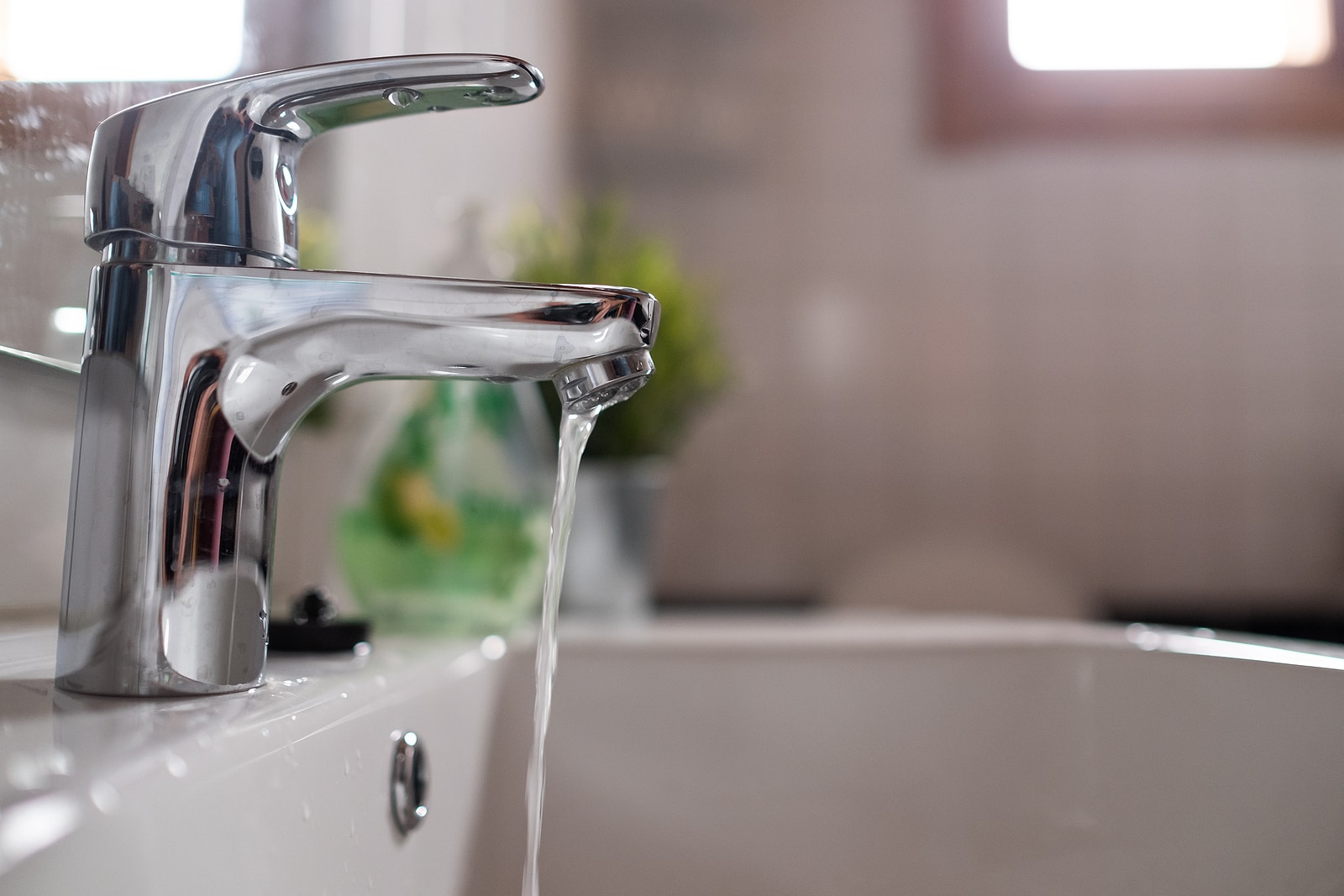

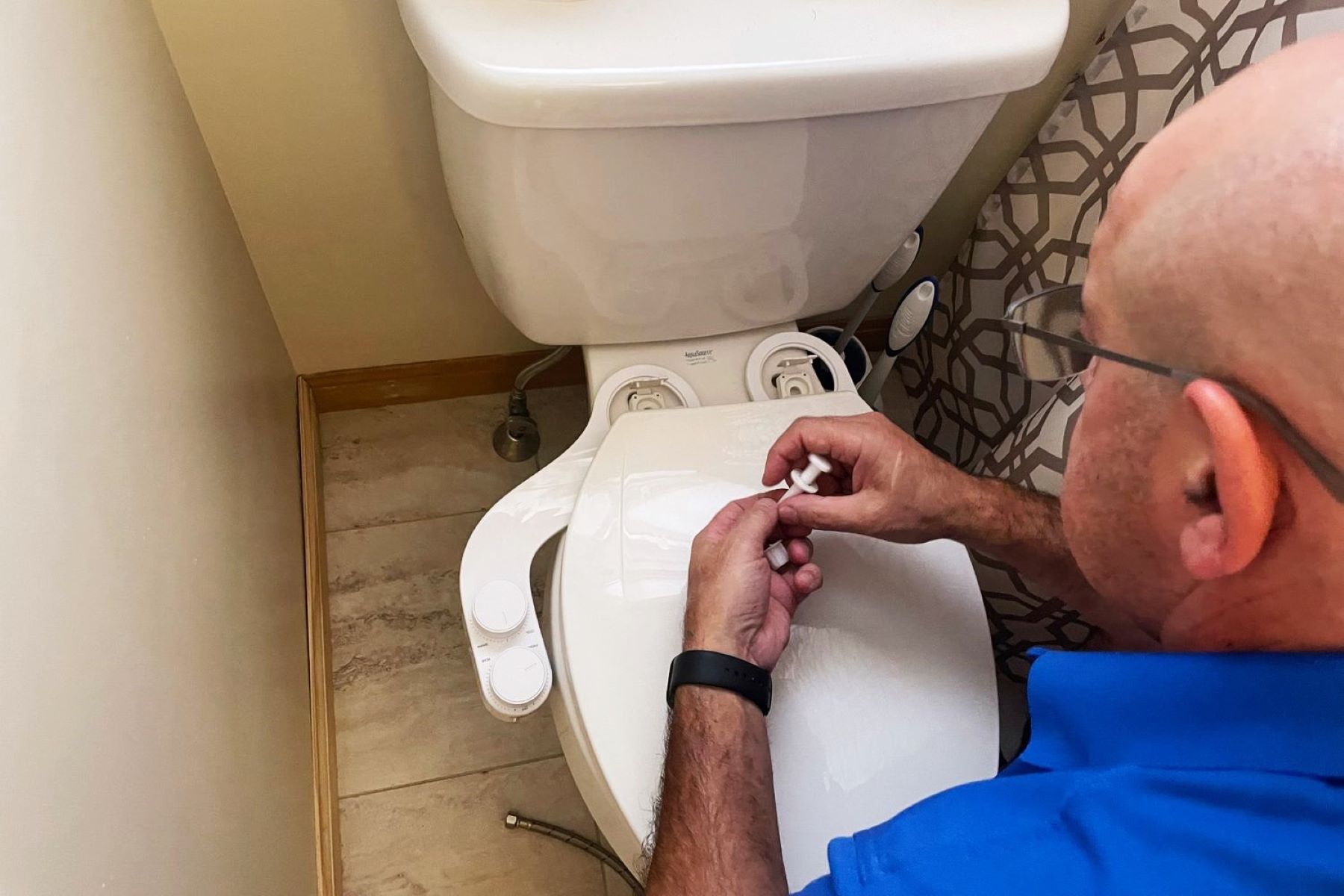
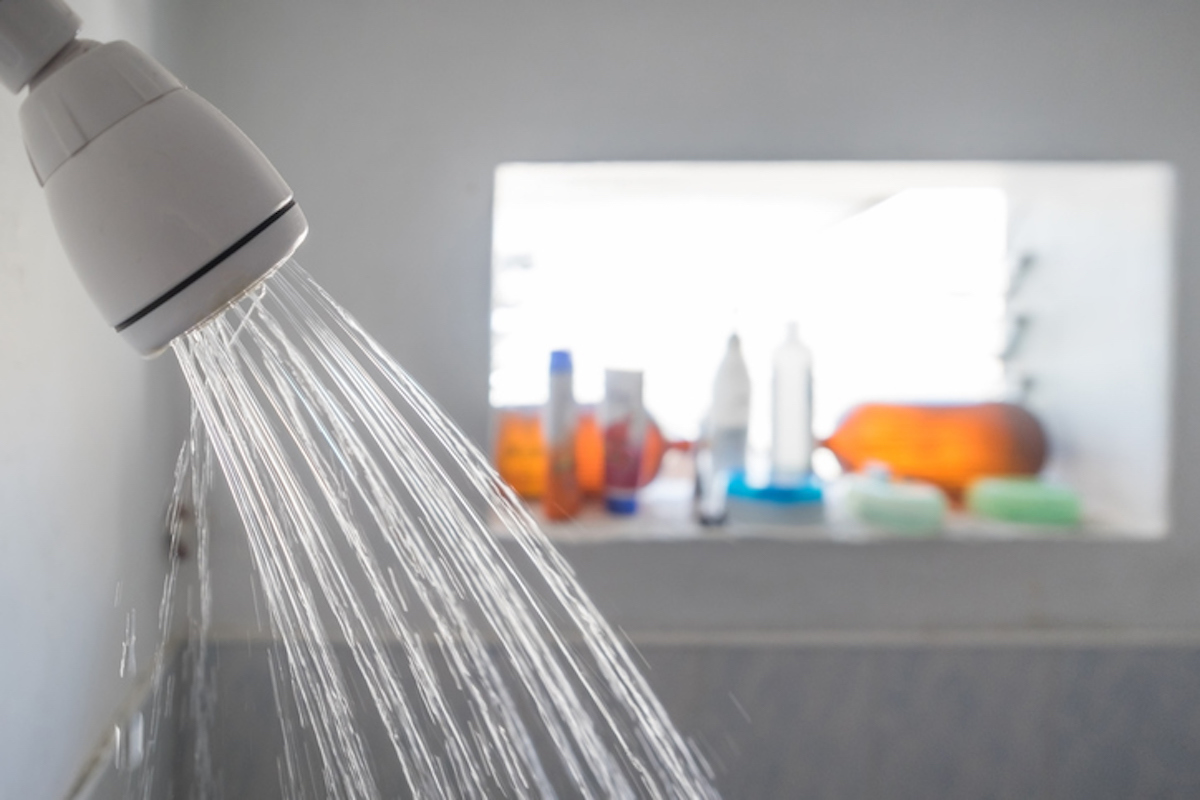

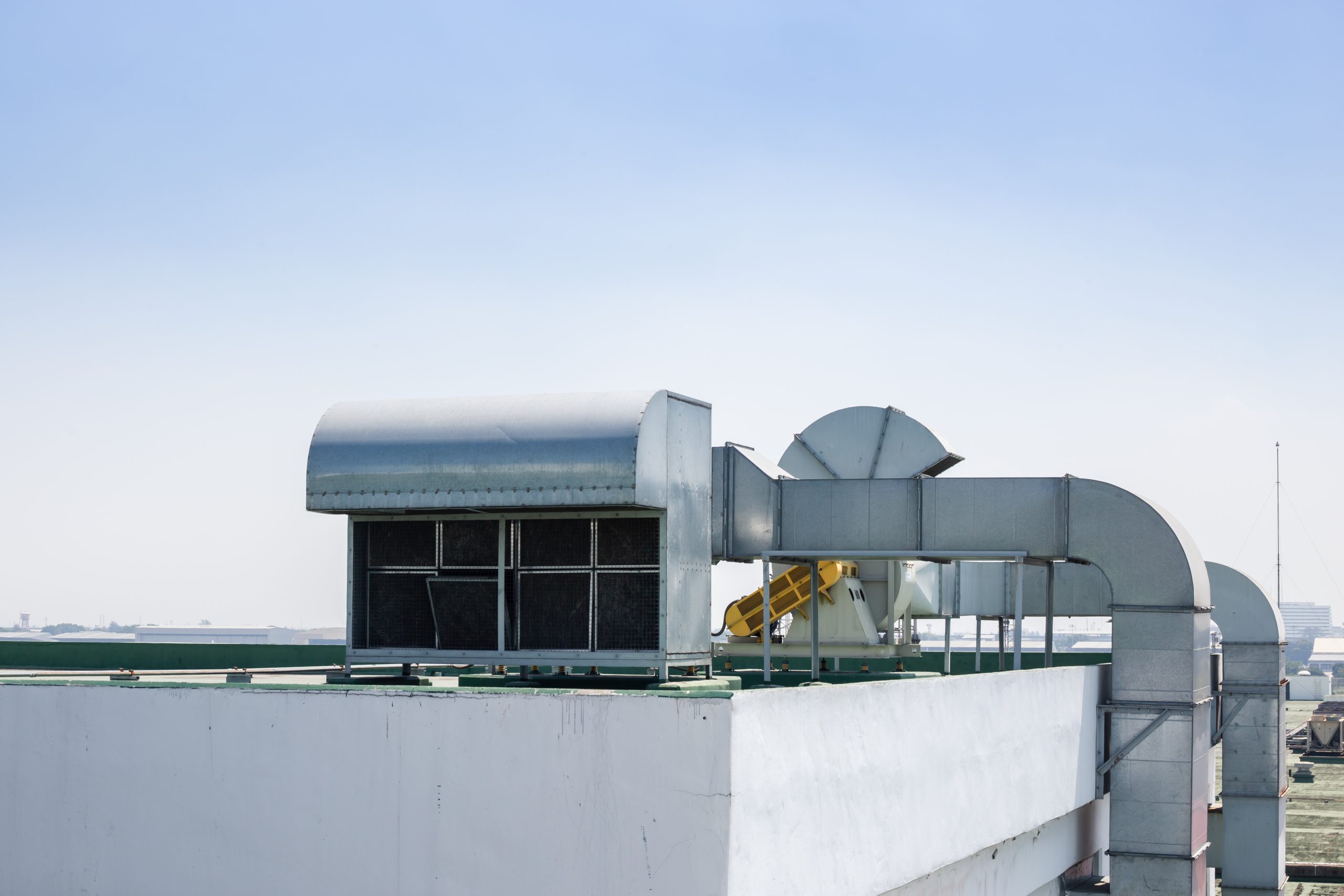
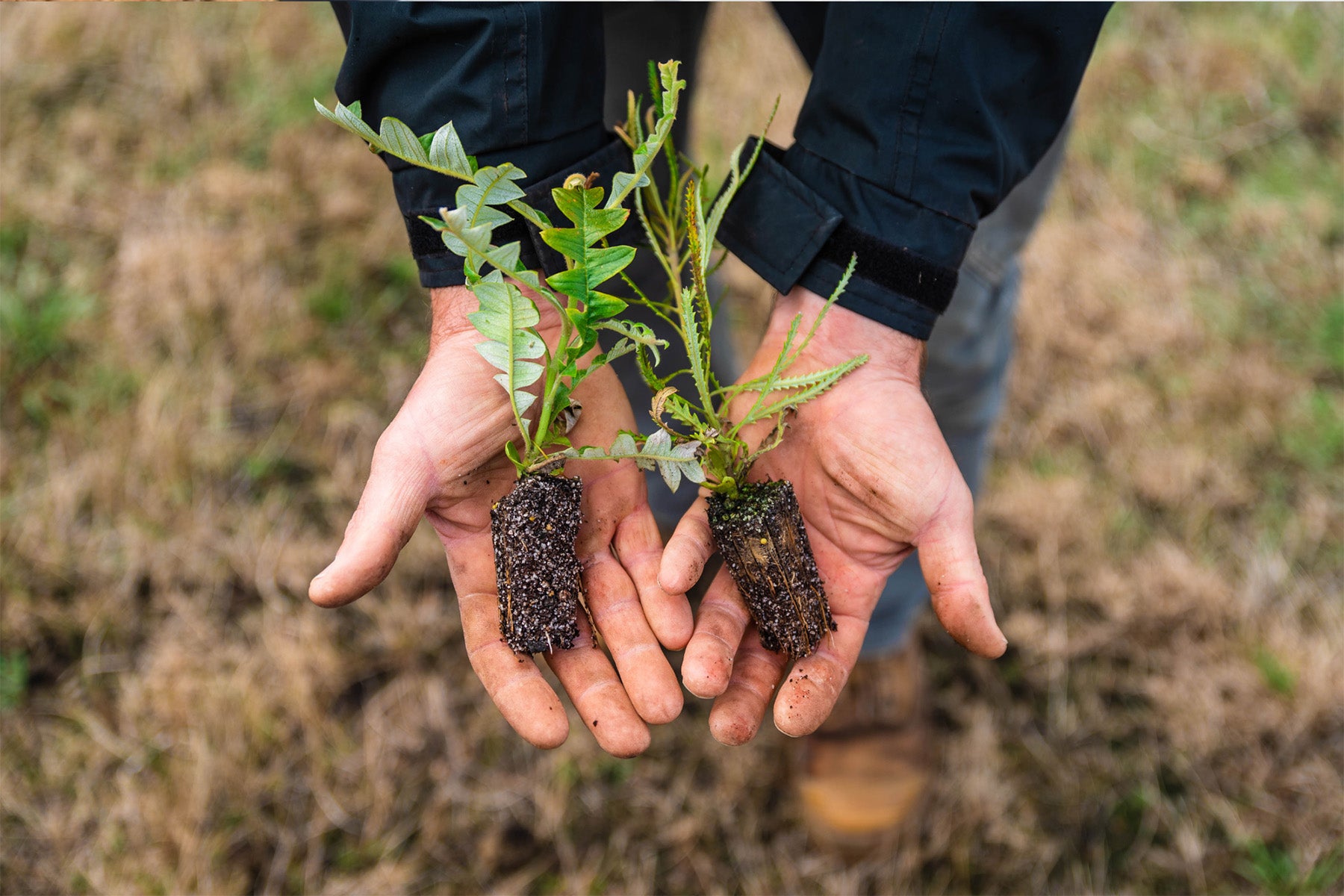


0 thoughts on “How To Increase Draft In Chimney”